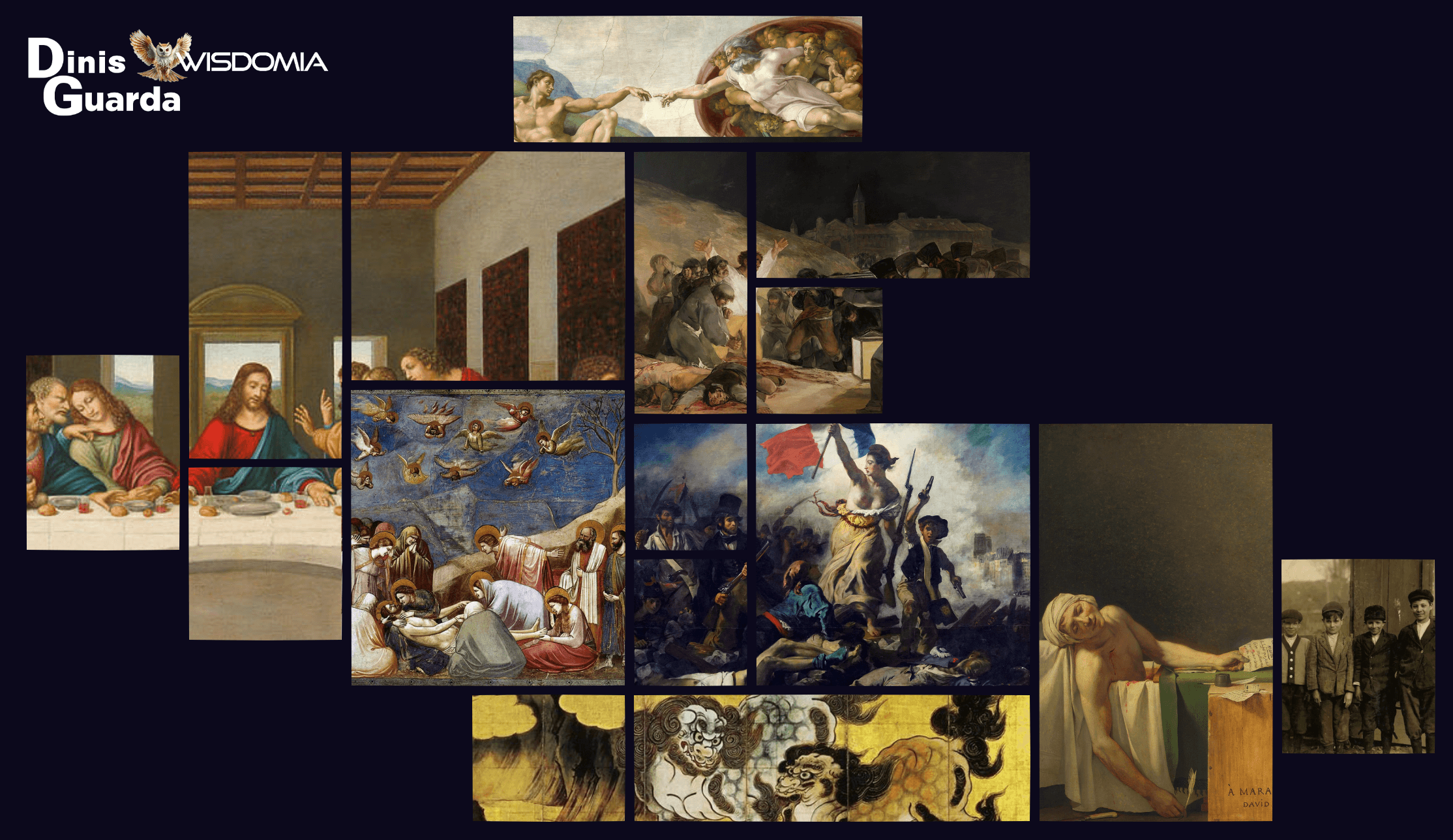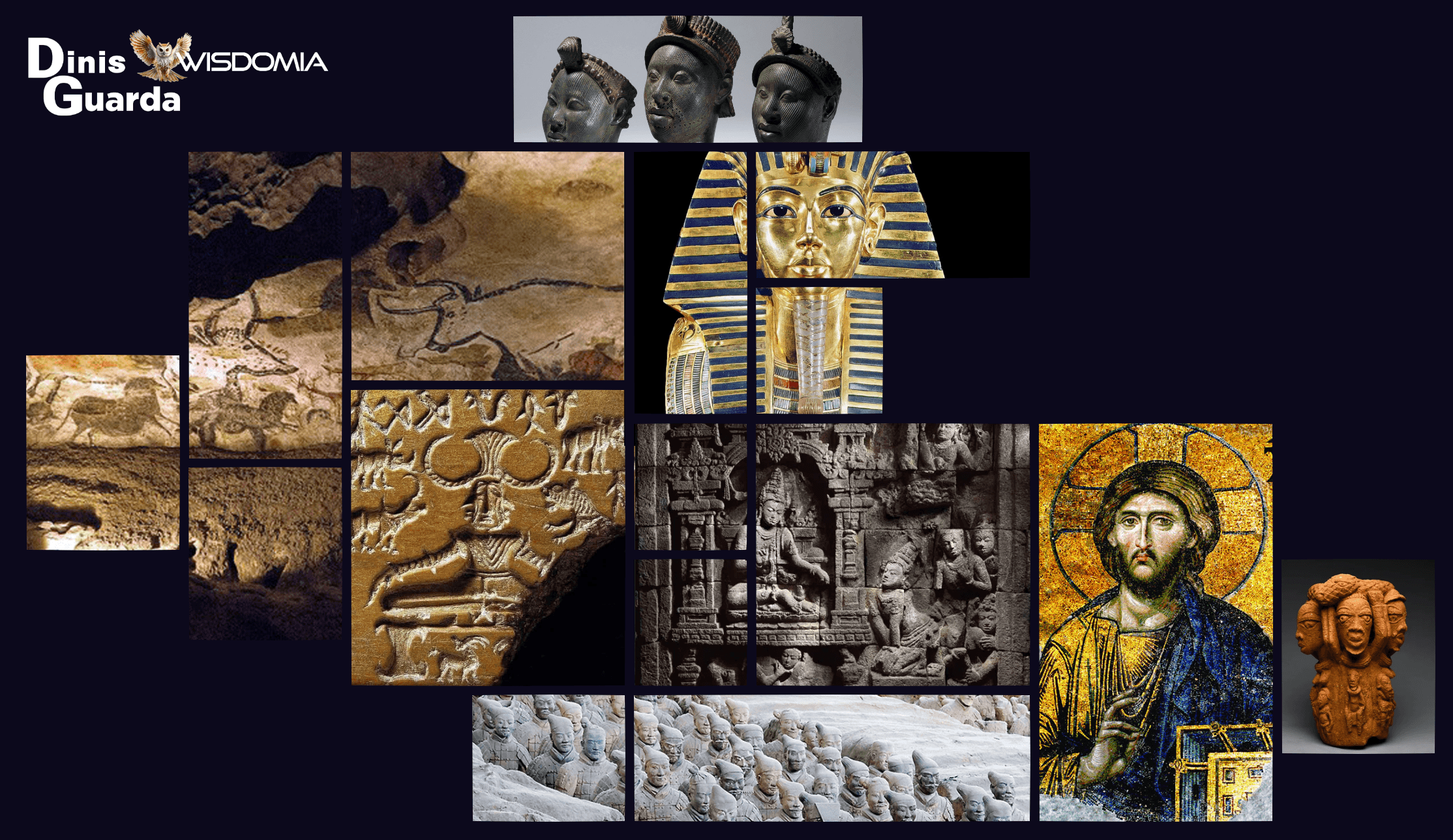The Blue Heron: Ancient Wisdom and Modern Meaning
Sara Srifi
Fri Aug 01 2025

Discover the bird wisdom forgot: The Great Blue Heron, nature’s quiet teacher. More than a graceful figure in wetlands, the heron is a timeless symbol of patience, balance, and spiritual insight. Across cultures and centuries, it has guided seekers to stillness, meaning, and deeper connection.
The Blue Heron: Ancient Wisdom and Modern Meaning
Exploring the spiritual significance of one of nature's most contemplative messengers
Standing motionless in shallow waters, the great blue heron embodies a profound stillness that has captivated human imagination for millennia. With its prehistoric grace and meditative presence, this magnificent bird has woven itself through the spiritual traditions of cultures worldwide, becoming one of nature's most potent symbols of patience, wisdom, and transcendence. In our hurried modern world, the heron's ancient teachings offer a timeless invitation to slow down, reflect, and connect with deeper truths.
The Art of Sacred Stillness
The great blue heron's most striking characteristic, its ability to remain perfectly still for extended periods, forms the foundation of its spiritual significance. In the long stillness of the hunting bird, waiting for the right moment to do the next right thing, we find a living divination, a great blue reminder that patience respects the possible.
This profound stillness isn't mere inactivity; it's a masterclass in mindful presence. The heron teaches us that true power often lies not in action, but in the wisdom to wait, observe, and strike at precisely the right moment. In spiritual traditions, this quality represents the mature soul's ability to move beyond reactive patterns and instead respond to life with deliberate intention.
Herons symbolize tranquility, serenity, elegance, and grace. Their patient hunting style mirrors the spiritual practice of contemplation, the art of looking deeply beneath surface appearances to perceive underlying truths. When we encounter a heron, we're reminded to pause our relentless forward motion and enter a state of receptive awareness.
Messenger Between Worlds
Across diverse cultures, the heron has consistently been recognised as a bridge between realms. In a number of cultures, including Native American, Maya, Aztec, and ancient Egyptian, the heron was viewed as a messenger from the spirit world. This role as intermediary speaks to the bird's unique position in nature—equally at home in water, on land, and in flight.
The heron's connection to water is particularly significant in spiritual symbolism. Water represents the unconscious, emotions, and the flow of life itself. By standing at the boundary between water and land, the heron symbolizes the threshold between conscious and unconscious awareness, between the material and spiritual dimensions of existence.
The Celts believed that the heron possessed the ability to navigate between the realms of life and death, making it a powerful symbol of transformation and spiritual growth. This Celtic understanding positions the heron as a psychopomp—a guide for souls transitioning between different states of being.
Cultural Tapestry of Meaning
The spiritual significance of the heron varies beautifully across cultures, each tradition adding unique facets to our understanding of this remarkable bird:
Ancient Egypt: The Phoenix of the Nile
In Ancient Egypt, the Bennu bird was commonly associated with a heron-like creature, especially the great blue heron. Depicted as a heron with long feathers extending from its head, the Bennu was said to have flown over the primordial waters at the beginning of time, its cry breaking the silence. The Bennu represented rebirth, the sun, and the eternal cycle of creation, making the heron a symbol of cosmic renewal and divine inspiration.
Greek Mythology: Divine Messages
The Greeks believed the heron was a messenger from the gods. The heron was thought to have been sent by Athena and Aphrodite, the goddesses of wisdom and love. Athena, for example, once sent a heron to Odysseus during his odyssey as a sign that she was watching him. This connection to Athena reinforces the heron's association with wisdom and strategic thinking.
Native American Traditions: Wisdom and Self-Reliance
In Native American tradition the heron symbolizes wisdom and good judgment. Tribes such as the Native American communities attribute various meanings to the heron, viewing it as a symbol of self-reliance and independence. In the Pacific Northwest, the Tlingit people considered the heron to be a symbol of good luck and prosperity. In the mythology of the Algonquin people, the Great Blue Heron was seen as a messenger of the creator god, Gitche Manitou.
Asian Philosophies: Longevity and Fortune
Legends in China tell us that Heron guides souls to heaven safely. It represents strength, purity and long life in China. In Japan, the heron is a symbol of longevity and good fortune. The Blue Heron represents a journey toward inner stillness and a greater sense of duty.
The Modern Search for Meaning
Contemporary spiritual teachers and nature writers have rediscovered the heron's profound teachings for our digital age. Maria Popova, in her reflections on The Marginalian, shares how the heron has become the closest thing she has to what native traditions call a spirit animal. It has appeared at auspicious moments in her life, when she has most yearned for assurance.
This personal relationship with the heron illustrates an important principle: A bird is never a sign, but it can become an omen if our attention and intention entwine about it in that golden thread of personal significance and purpose that gives life meaning.
Jarod Anderson, in his book "Something in the Woods Loves You," explores this dynamic relationship between observer and observed: "The heron is exactly what the heron is to you in the moment you choose to give it meaning. It will be that meaning until you decide it means something else. That's how meaning works. It's a subjective act of interpretation."
The Heron as Spirit Guide
For those drawn to the heron as a spirit animal, totem, or power animal, its presence often signals:
Patience and Timing: The heron teaches that there is a right time for everything. Its hunting strategy reminds us that premature action often leads to missed opportunities, while patient observation leads to success.
Self-Reflection: The bird's solitary nature encourages introspection and the courage to stand alone when necessary. Heron meaning and symbolism include elegance, patience, wisdom, messages, self-possession, transformation, and good fortune.
Emotional Balance: Standing between water and land, the heron represents the integration of emotions (water) with practical reality (earth). It teaches us to honor our feelings while maintaining our footing in the material world.
Spiritual Insight: As a messenger between worlds, the heron often appears when we need to access deeper wisdom or when spiritual guidance is being offered.
Lessons for Contemporary Living
In our age of constant connectivity and perpetual motion, the heron's teachings are particularly relevant:
The Practice of Mindful Waiting
The heron demonstrates that waiting is not passive but an active form of awareness. This challenges our culture's emphasis on immediate action and constant productivity, suggesting instead that strategic patience can be more powerful than frantic activity.
The Art of Solitude
While we live in an increasingly social world, the heron reminds us of the importance of solitude for spiritual development. Its solitary hunting style teaches us that some of life's most important work, self-reflection, creative inspiration, and spiritual insight, often happens when we're alone.
Ecological Consciousness
"Real magic requires your intention, your choice to harmonize. The heron cannot cast starlight onto the dark shallows to entrance the bluegills. Not unless you do your part. You must choose to meet her halfway." This perspective suggests that our relationship with nature, and with the spiritual realm, requires active participation and conscious choice.
The Shadow Side: Herons and Prophecy
Not all heron symbolism is about tranquil patience. The great Blue heron is a prophecy of a period of sadness moving out of your life and way. It is confirmation that you have been through so much. Your strength cannot be denied. This aspect of heron medicine acknowledges that profound wisdom often emerges from navigating difficult periods with grace and endurance.
Living the Heron Way
To embody heron wisdom in daily life, consider these practices:
- Cultivate Strategic Patience: Before reacting to situations, pause and observe. Ask yourself: "What is the right action at the right time?"
- Practice Solitary Reflection: Regularly spend time alone in nature, allowing yourself to simply be present without agenda or distraction.
- Honor Transitions: Recognize that you, like the heron, exist at the intersection of different worlds, work and home, logic and intuition, individual and community. Find grace in navigating these boundaries.
- Develop Emotional Stability: Use the heron's grounded presence as a model for maintaining equilibrium during turbulent times.
The Heron's Eternal Teaching
"There are two paths to magic: Imagination and paying attention. Imagination is the fiction we love, the truths built of falsehoods, glowing dust on the water's surface. Paying attention is about intentional noticing, participating in making meaning to lend new weight to our world."
The great blue heron stands as a testament to both paths. Its prehistoric presence ignites our imagination, connecting us to ancient wisdom and timeless mysteries. Simultaneously, its patient practice of attention, standing still, watching, waiting, teaches us the profound spiritual discipline of presence.
In a world that often feels chaotic and fragmented, the heron offers a different way of being. It suggests that wisdom comes not from accumulating more information or experiences, but from developing the capacity to be fully present with what is already here. "The perfect slowness of a heron" becomes a meditation, a prayer, and a path toward deeper understanding.
Whether encountered in nature, in dreams, or in the landscape of imagination, the great blue heron continues to serve as one of our most powerful spiritual teachers—reminding us that in stillness, we find movement; in solitude, we find connection; and in patience, we find the perfect timing for our next right action.
References and Further Reading
- Popova, Maria. "The Great Blue Heron, Signs vs. Omens, and Our Search for Meaning" - The Marginalian
- Anderson, Jarod. Something in the Woods Loves You. Tin House Books, 2024.
- "Heron Symbolism & Meaning" - UniGuide
- "Heron Folklore" - Views From Medicine Spirit Ranch
- "The Great Blue Heron- A Symbol of Grace, Wisdom, and Spiritual Connection" - Podcast episode
- "Native American Indian Heron Legends" - Native Languages
- "Birds in Ancient Mythology Around the World" - Bird-Life.com
- "How centuries of Japanese folklore inspired 'The Boy and the Heron'" - National Geographic
previous
Constance Lloyd: The Brilliant Woman Behind Oscar Wilde
next
Wu Wei: The Art of Effortless Living
Share this

Sara Srifi
Sara is a Software Engineering and Business student with a passion for astronomy, cultural studies, and human-centered storytelling. She explores the quiet intersections between science, identity, and imagination, reflecting on how space, art, and society shape the way we understand ourselves and the world around us. Her writing draws on curiosity and lived experience to bridge disciplines and spark dialogue across cultures.
More Articles

The Digital Convergence: When Images Became Everything, Everywhere, All at Once

Modern Revolutions and the Digital Explosion: Images That Shattered and Rebuilt Reality

Renaissance Humanism and the Birth of the Modern Gaze: Images That Taught Us to See Ourselves

When Vision Becomes Destiny: The First 25 Images That Shaped Human Consciousness

What a Small Indian Village Teaches the World About Sustainability





